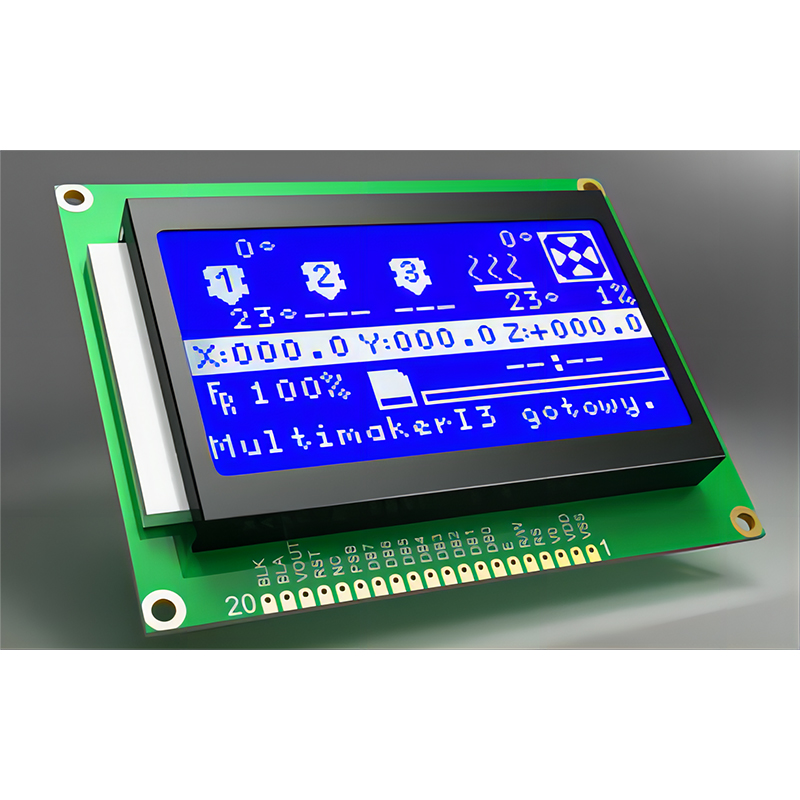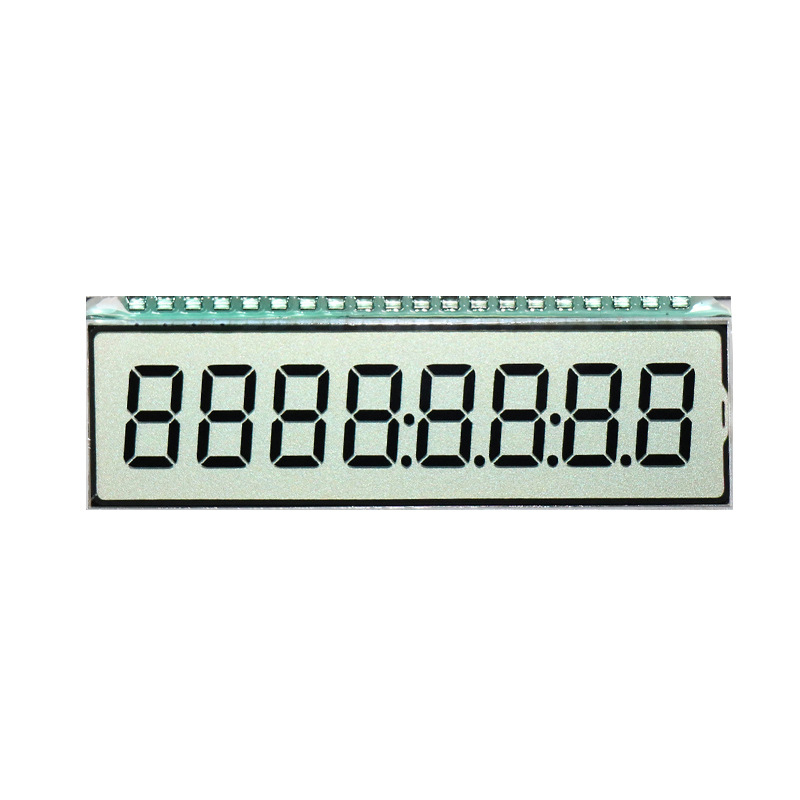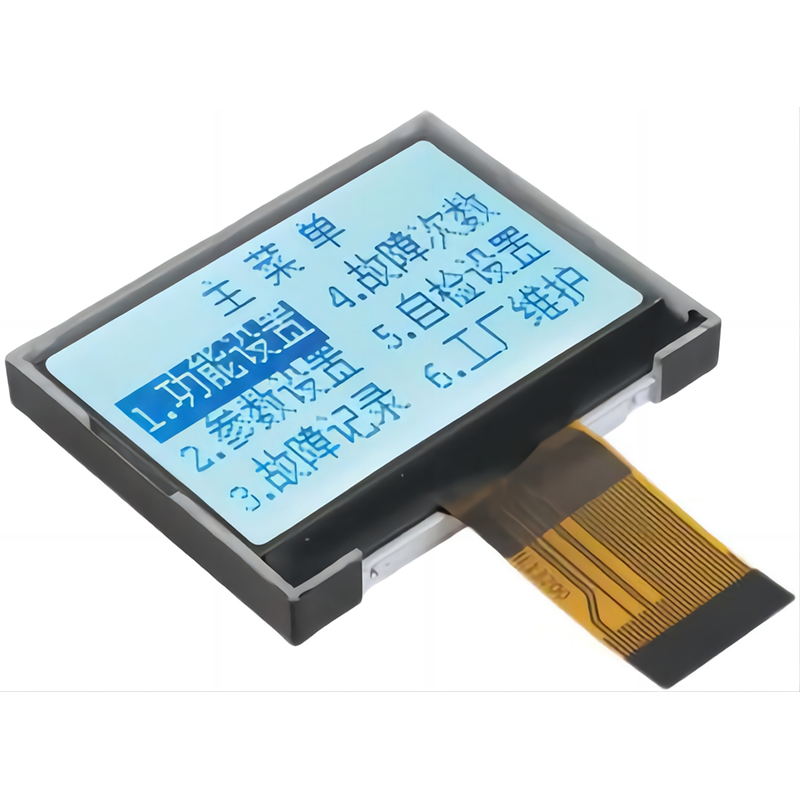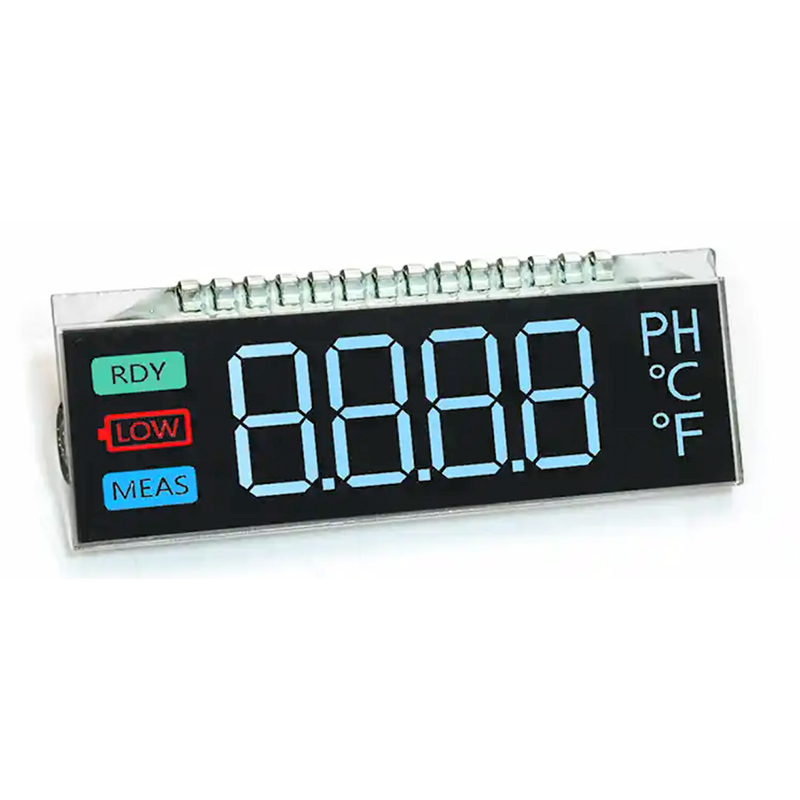
This guide provides a comprehensive overview of the micro SD card SPI interface, covering its functionality, communication protocols, and practical applications. We'll explore the technical details, offering insights for developers and hobbyists alike. Learn how to effectively integrate micro SD cards into your projects using the SPI protocol.
The Serial Peripheral Interface (SPI) is a synchronous, full-duplex communication bus used for short-distance communication, typically on a single integrated circuit (IC) or between several ICs close to each other. It's a popular choice for connecting peripherals like micro SD cards due to its simplicity and speed. Unlike I2C, SPI doesn't require complex addressing schemes, making it straightforward to implement. Key features include:
Many micro SD cards utilize the SPI interface for communication. This allows for relatively high-speed data transfer to and from the card. Before using a micro SD card with an SPI interface, you need to understand a few key aspects:
Configuring the SPI bus involves setting the clock speed (SCK frequency), data order (most significant bit first or least significant bit first), and data mode (polarity and phase). These settings must match those expected by the micro SD card. Incorrect configuration will prevent communication. Consult the datasheet of your specific micro SD card for the recommended settings. Incorrect settings can lead to communication errors and data corruption. The micro SD card's datasheet will specify the acceptable ranges for these parameters. For example, some cards might only support clock speeds up to 25MHz.
Before any data transfer can occur, the micro SD card needs to be initialized. This typically involves sending specific commands to the card to identify itself and enter the appropriate operating mode. These commands are part of the SD Card specification and are essential for establishing communication. Failure to initialize correctly will render the card inaccessible.
Once initialized, data transfer happens through SPI commands. Commands are sent to the micro SD card to perform specific operations such as reading or writing data blocks. These commands are defined in the SD card specification and follow a specific format, including a command byte and arguments. Data is then transferred in blocks (typically 512 bytes).
The micro SD card SPI interface is used in a vast array of applications, including:
Many microcontroller development boards offer readily available libraries and examples for interacting with micro SD cards via the SPI interface. Consult your microcontroller's documentation for specific examples and tutorials.
Problems connecting to a micro SD card via SPI often stem from incorrect wiring, clock speed mismatches, or improper initialization. Double-check your connections and consult the micro SD card datasheet for recommended settings. If you are still experiencing issues, consider using a logic analyzer to inspect the SPI bus communication.
For advanced techniques and deeper dives into the SD card specification, refer to the official SD Association documentation. This will provide highly detailed technical specifications and explanations.
| Issue | Possible Cause | Solution |
|---|---|---|
| No response from SD card | Incorrect wiring, power issues, incorrect SPI settings | Verify connections, check power supply, adjust SPI settings according to the datasheet |
| Data corruption | Clock speed too high, interference | Reduce clock speed, improve signal integrity |
Remember to always consult the datasheet for your specific micro SD card and microcontroller. This information is crucial for successful implementation.
For high-quality LCD displays to integrate into your projects, consider exploring the options from Dalian Eastern Display Co., Ltd.. They offer a wide variety of displays perfect for various applications.












